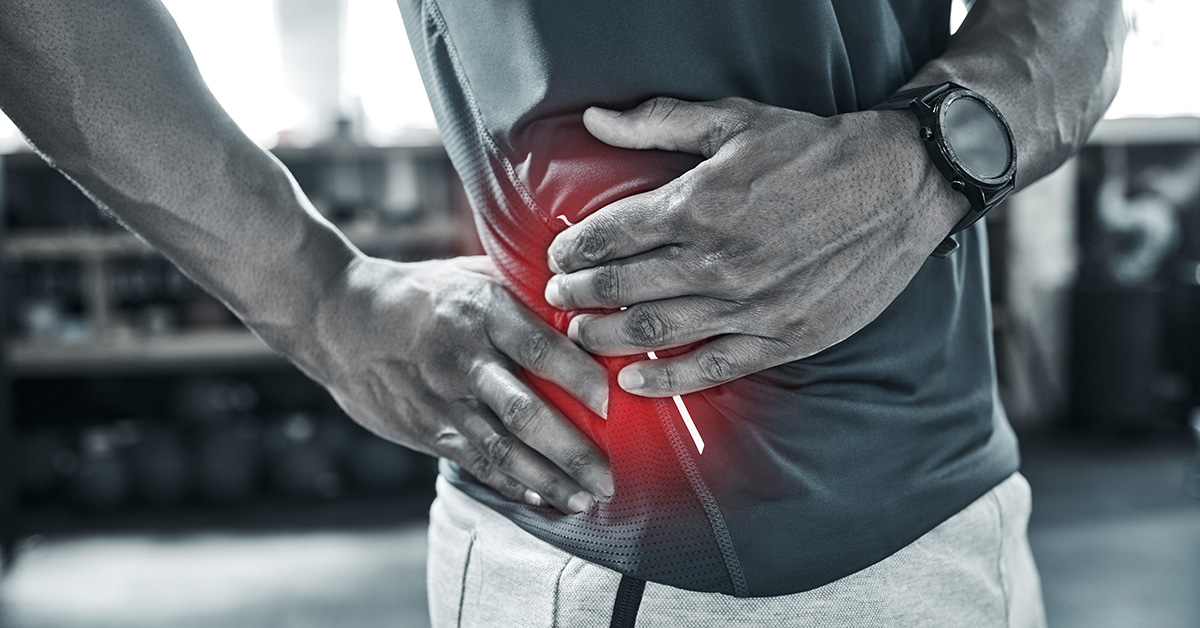
What Causes Hip Pain in Sports?
Hip pain is a common issue among athletes, often resulting from the high physical demands and repetitive movements involved in sports. Understanding the various causes of hip pain in sports can help in preventing and managing this discomfort, allowing athletes to maintain peak performance.
Common Causes of Hip Pain in Sports
-
Muscle Strains
- Cause: Sudden, intense activity or overstretching can lead to muscle strains, particularly in the hip flexors, hamstrings, or glutes.
- Symptoms: Sharp pain, swelling, and limited range of motion.
-
Tendinitis
- Cause: Repetitive stress from activities such as running, cycling, or jumping can lead to tendinitis, an inflammation of the tendons around the hip joint.
- Symptoms: Pain and tenderness in the hip, especially during movement.
-
Hip Labral Tears
- Cause: Twisting movements, falls, or direct impact can cause tears in the labrum, the cartilage that surrounds the hip socket.
- Symptoms: Deep groin pain, clicking or locking sensations in the hip, and instability.
-
Hip Impingement (FAI)
- Cause: Abnormal contact between the hip bones, often exacerbated by certain sports movements like squatting or pivoting.
- Symptoms: Groin pain, stiffness, and reduced range of motion.
-
Bursitis
- Cause: Inflammation of the bursae, small fluid-filled sacs that cushion the hip joint, often due to repetitive movements or prolonged pressure.
- Symptoms: Pain on the outside of the hip, swelling, and tenderness.
-
Stress Fractures
- Cause: Overuse and repetitive impact activities, such as long-distance running, can cause small cracks in the bones of the hip.
- Symptoms: Gradual onset of pain that worsens with activity and improves with rest.
-
Snapping Hip Syndrome
- Cause: Tendons or muscles sliding over bony structures in the hip, often during activities that involve repetitive hip flexion and extension.
- Symptoms: A snapping sensation in the hip, sometimes accompanied by pain.
-
Osteoarthritis
- Cause: Degeneration of the hip joint cartilage over time, which can be accelerated by sports-related wear and tear.
- Symptoms: Persistent pain, stiffness, and reduced range of motion.
Prevention and Management Strategies
- Proper Warm-Up and Cool-Down: Ensure thorough warm-up before engaging in sports to prepare the muscles and joints. Cooling down afterward helps reduce muscle stiffness and aids recovery.
- Strengthening and Flexibility Exercises: Regularly perform exercises that strengthen the hip muscles and improve flexibility. This helps support the hip joint and prevent injuries.
- Cross-Training: Incorporate different types of exercises to avoid overuse injuries and promote overall hip health. Alternate high-impact activities with low-impact ones like swimming or cycling.
- Proper Technique: Use correct form and technique during sports activities to minimize stress on the hips. Consider working with a coach or trainer to address any biomechanical issues.
- Adequate Rest and Recovery: Allow sufficient rest between intense training sessions to enable the hip muscles and joints to recover and prevent overuse injuries.
- Ergonomic Equipment: Use appropriate sports gear, including shoes that provide adequate support and cushioning, to reduce impact on the hips.
When to Seek Medical Attention
If hip pain persists despite preventive measures and self-care, it’s essential to seek medical advice. A healthcare professional can perform a thorough assessment, including physical exams and imaging tests, to diagnose the underlying cause and recommend appropriate treatment.
Conclusion
Hip pain in sports can result from various causes, including muscle strains, tendinitis, labral tears, and more. Understanding these causes and implementing preventive strategies can help athletes maintain hip health and continue performing at their best. If pain persists, seeking professional medical advice is crucial for effective diagnosis and treatment.

